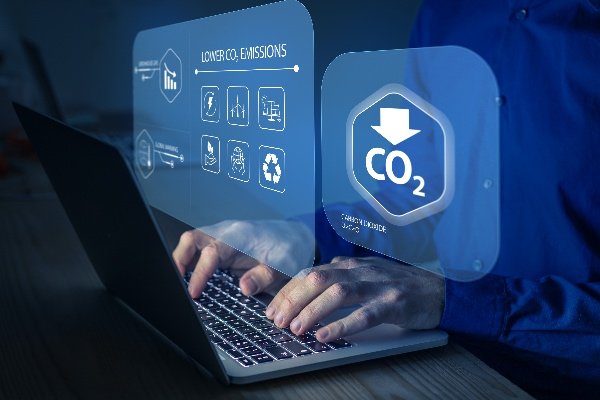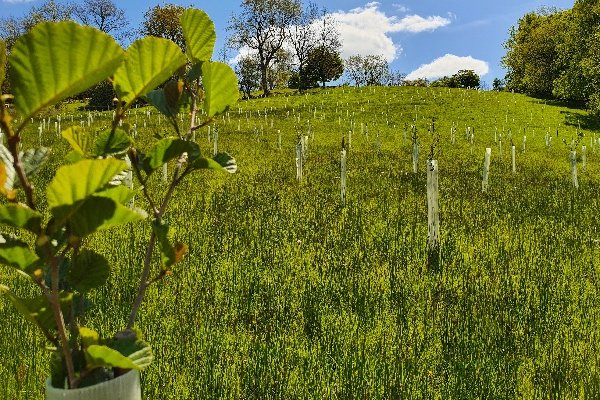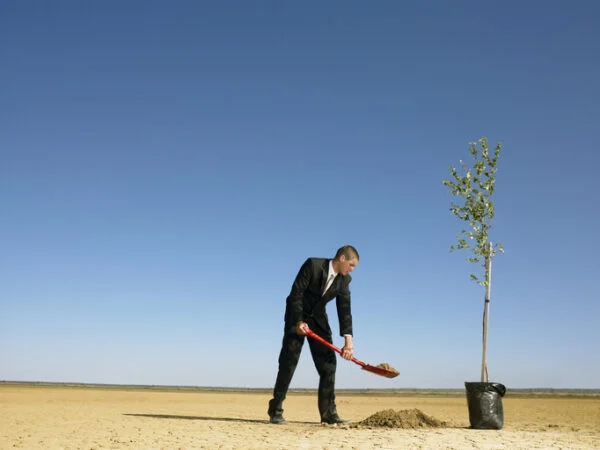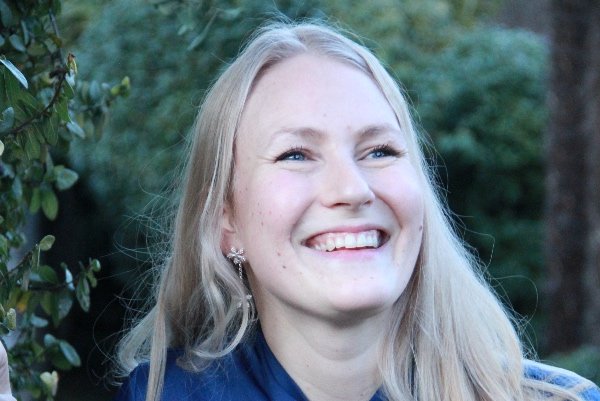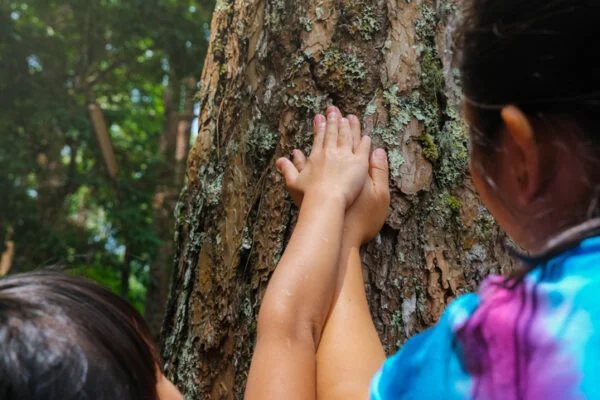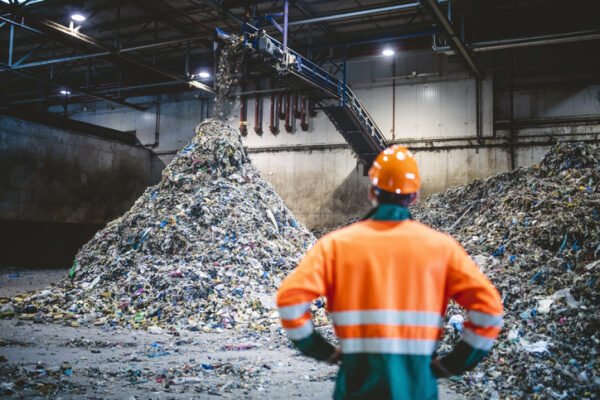Many surveys and research studies from around the world suggest that, where all else is equal, consumers would choose a product that has a low carbon footprint over one that doesn’t. ‘The numbers are particularly high in developing countries and with younger demographics’, says Dr John Kazer, certification manager at Carbon Trust. ‘A committed minority does consider environmental impact first, but most people focus mainly on price and quality.’
 The good news is that the quality of products tends to go up, and the cost of production down, when companies invest in sustainability – and this is being seen at the checkouts. ‘Recent Nielsen research has shown an average 2% growth for companies with sustainability claims on packaging’, says John, ‘which rises to 5% when companies make this part of wider product marketing.’
The good news is that the quality of products tends to go up, and the cost of production down, when companies invest in sustainability – and this is being seen at the checkouts. ‘Recent Nielsen research has shown an average 2% growth for companies with sustainability claims on packaging’, says John, ‘which rises to 5% when companies make this part of wider product marketing.’
Still, supply chains and carbon emission measurements are complex issues at the best of times; they’re even harder to get your head round when you’re trying to whip round the shops. ‘Consumers still don’t instinctively understand what 50 grams or 10 kilograms or 1 tonne of greenhouse gases means in terms of causing climate change’, explains John. ‘What’s easier to understand is when one number is bigger than another, as shoppers can look at scale and make comparisons.
They also understand that companies that have taken the trouble to measure, manage, certify and transparently communicate this information are taking a responsible approach to reducing the environmental impact of their products.’
The trend towards data democracy shows there is an appetite for more information to be made available at the point of sale; consumers are asking questions and they expect companies to have the answers. If key information about the environmental impact of products is made available, people would be better able to make informed decisions about how to spend their money and which companies they want to support.
Cracking the code
But even with the best intentions, it’s not easy to select the most ethical option on the supermarket shelf. Hundreds of eco-labels are appearing on products around the world – but they each mean something different, are assessed to different standards and require different levels of rigour or verification.
As consumers grow increasingly aware of environmental issues, even more labels – in even more sectors – are sprouting up to cater for the demand. Products that manufacturers claim are ‘natural’ or ‘green’ may actually be no better than other options further down the aisle, and even an in-store comparison of harder data like food miles won’t provide a full, accurate picture of a product’s all-round eco-credentials.
‘One of the big myths that people still believe is that food miles are a reasonable indicator of a product’s environmental impact’, says John. ‘Very often transportation only plays a comparatively small part in the carbon footprint of a product, which is why it is so important to measure the full life cycle.’
Some eco-labels are regulated by third parties and others have been created by the companies themselves. Fortunately for consumers, the best schemes provide good information on the internet. ‘Good things to look out for on a label are that it is independently verified by accredited certification bodies’, explains John, ‘and that it follows international standards, provides real numbers or data and requires a regular re-certification process.’
Doing it right
 On top of giving customers the products they want, businesses can really benefit from making serious efforts to manage and reduce their environmental impact. In most organisations, according to John, ‘what gets measured gets managed’. The process of measuring a product’s carbon footprint and achieving certification reveals new opportunities for cost saving, identifies hotspots of inefficiency and highlights where a business should focus its carbon reduction efforts.
On top of giving customers the products they want, businesses can really benefit from making serious efforts to manage and reduce their environmental impact. In most organisations, according to John, ‘what gets measured gets managed’. The process of measuring a product’s carbon footprint and achieving certification reveals new opportunities for cost saving, identifies hotspots of inefficiency and highlights where a business should focus its carbon reduction efforts.
For John, there’s nothing that a company could find in its supply chain that would be more of a concern than choosing not to look in the first place. ‘Businesses are often very surprised when they look into their supply chains and see how inefficient, wasteful or expensive certain parts can be’, he said. ‘Only after looking at what’s happening through a product’s entire life cycle can issues be identified and changes made.’
One of the best examples the Carbon Trust ever uncovered was through its work with Walkers crisps. ‘The company discovered that farmers were using humidifiers to hydrate potatoes and make them weigh more’, explains John, ‘because payment was calculated according to weight.’ This meant that the suppliers were using extra energy for humidifiers, and that Walkers was using extra energy to remove the moisture when frying the crisps. Both contributed to costs and carbon footprint, so Walkers and its farmers could make very substantial cost and carbon savings simply by altering the way transactions for potatoes were made.
 Play Video about This Rock Might Just Save The World
Play Video about This Rock Might Just Save The World Play Video about Play 2 hours of rock
Play Video about Play 2 hours of rock Play Video about Play 2 hours of brook
Play Video about Play 2 hours of brook Play Video about Play 2 hours of sheep
Play Video about Play 2 hours of sheep


















 The good news is that the quality of products tends to go up, and the cost of production down, when companies invest in sustainability – and this is being seen at the checkouts. ‘Recent Nielsen research has shown an average 2% growth for companies with sustainability claims on packaging’, says John, ‘which rises to 5% when companies make this part of wider product marketing.’
The good news is that the quality of products tends to go up, and the cost of production down, when companies invest in sustainability – and this is being seen at the checkouts. ‘Recent Nielsen research has shown an average 2% growth for companies with sustainability claims on packaging’, says John, ‘which rises to 5% when companies make this part of wider product marketing.’ On top of giving customers the products they want, businesses can really benefit from making serious efforts to manage and reduce their environmental impact. In most organisations, according to John, ‘what gets measured gets managed’. The process of measuring a product’s carbon footprint and achieving certification reveals new opportunities for cost saving, identifies hotspots of inefficiency and highlights where a business should focus its carbon reduction efforts.
On top of giving customers the products they want, businesses can really benefit from making serious efforts to manage and reduce their environmental impact. In most organisations, according to John, ‘what gets measured gets managed’. The process of measuring a product’s carbon footprint and achieving certification reveals new opportunities for cost saving, identifies hotspots of inefficiency and highlights where a business should focus its carbon reduction efforts.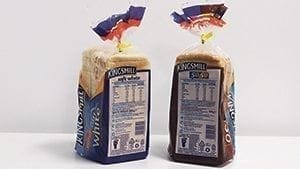 Labelling with footprint information is currently entirely voluntary and is regulated by international standards and certification bodies. A product’s carbon footprint can be measured in a few different ways, but typically two different methods are used.
Labelling with footprint information is currently entirely voluntary and is regulated by international standards and certification bodies. A product’s carbon footprint can be measured in a few different ways, but typically two different methods are used.











